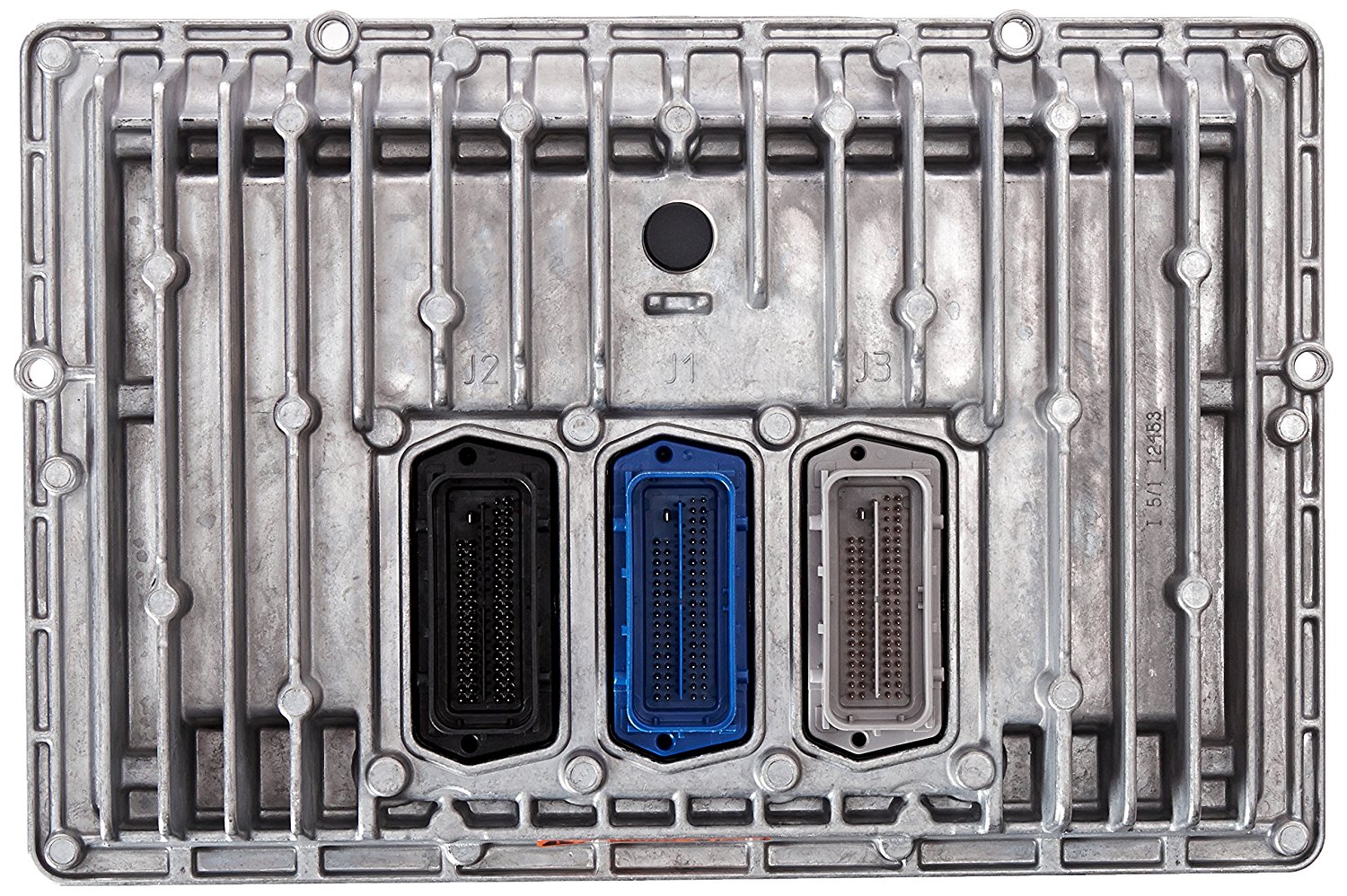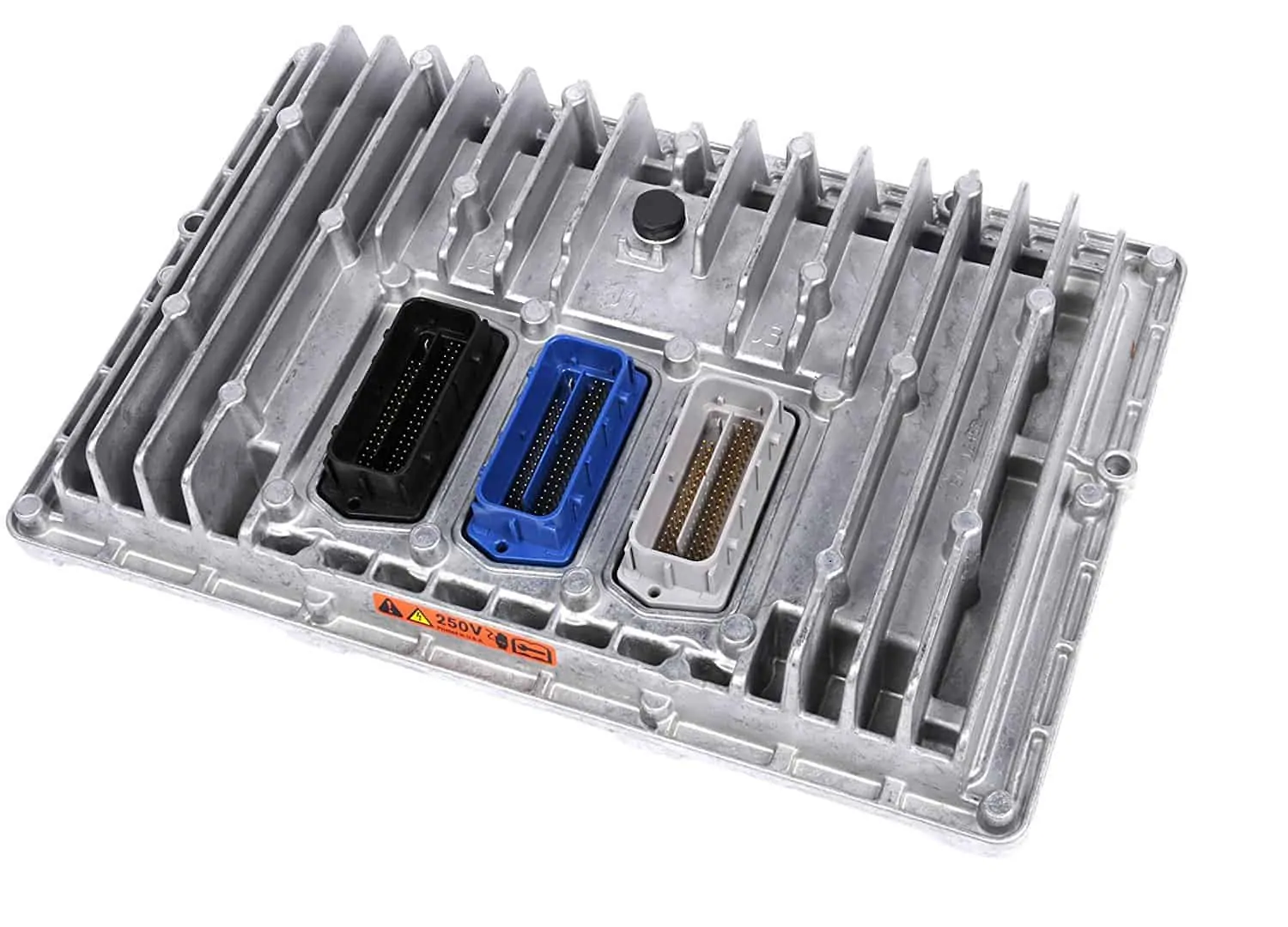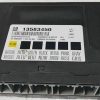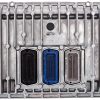Get Your Duramax Back to Peak Performance
Is your 2012 GM HD truck or van stumbling, showing persistent check engine lights, or refusing to start? A faulty Engine Control Module (ECM) can bring your workhorse to a dead stop, costing you valuable time and money. This pre-programmed ECM, part number 12648344, is the direct, reliable solution to restore the dependable performance of your 6.6L Duramax engine and get you back on the road with confidence.
Common Symptoms & Your Solution
A failing ECM can manifest in various ways, often mimicking other component failures. If you’re experiencing any of the following, this module is your likely solution:
- Persistent Check Engine Light (CEL): Especially with communication-related Diagnostic Trouble Codes (DTCs) like U0100 or internal processor codes like P0601, P0606.
- Engine Performance Issues: Unexplained stalling, rough idling, hesitation during acceleration, or a noticeable drop in power and fuel economy.
- No-Start Condition: The engine cranks but won’t start, often due to a lack of fuel injector or ignition signal from the ECM.
- Erratic Transmission Shifting: The ECM plays a crucial role in communicating with the transmission controller, and a fault can lead to harsh or incorrect shifting.
This tested, used OEM 2012 Sierra 2500 6.6L ECM 12648344 is the definitive fix. We flash it with the latest official GM calibrations specific to your vehicle’s VIN, ensuring it’s ready for installation and subsequent relearn procedures.
Features & Benefits
- ✔ VIN-Programmed for Your Truck: We flash the module with your specific Vehicle Identification Number, ensuring perfect communication with your truck’s other systems right out of the box.
- ✔ Updated GM Software: Your ECM arrives with the newest factory software updates, which can improve engine efficiency, shifting patterns, and overall performance.
- ✔ Cost-Effective OEM Solution: Get the reliability of a genuine GM part without the high cost of a brand-new unit from the dealer.
- ✔ Restore Peak Power & Efficiency: A properly functioning ECM is critical for managing fuel delivery, timing, and emissions, restoring the power and mileage you expect from your Duramax.
- ✔ Direct-Fit Part: This unit is a direct replacement for part number 12648344, guaranteeing a straightforward physical installation.
- ✔ This unit is backed by our one-year replacement warranty.
Expert Insight from Our Senior Tech:
“Over my 20 years on the bench, I’ve seen countless Duramax trucks sidelined by a bad ECM. The key to a successful replacement isn’t just the part—it’s the programming. We handle that critical first step. Remember, after you install it, the vehicle’s anti-theft system needs to be ‘relearned’ to recognize the new module. This is a standard security procedure for modern vehicles. A qualified technician with access to GM’s TIS2Web system can perform this, along with any other necessary relearns like for the crankshaft position sensor, in under an hour. Doing it right ensures your truck will be a reliable workhorse for years to come.”
This part will fit these makes and models with these options:
- SILVERADO 2500 PICKUP 12 Electronic Control Module; (LH front engine compartment), 6.6L
- SILVERADO 3500 PICKUP 12 Electronic Control Module; (LH front engine compartment), 6.6L
- EXPRESS 2500 VAN 12 Electronic Control Module; (LH rear engine compartment), 6.6L
- EXPRESS 3500 VAN 12 Electronic Control Module; (LH rear engine compartment), 6.6L
- SIERRA 2500 PICKUP 12 Electronic Control Module; (LH front engine compartment), 6.6L
- SIERRA 3500 PICKUP 12 Electronic Control Module; (LH front engine compartment), 6.6L
- SIERRA DENALI 2500 12 Electronic Control Module; (LH front engine compartment), 6.6L
- SIERRA DENALI 3500 12 Electronic Control Module; (LH front engine compartment), 6.6L
- SAVANA 3500 VAN 12 Electronic Control Module; (LH rear engine compartment), 6.6L
- SAVANA 2500 VAN 12 Electronic Control Module; (LH rear engine compartment), 6.6L
Frequently Asked Questions
What information do you need from me after I order?
After you complete your purchase, you must provide us with your vehicle’s 17-digit VIN. We cannot program and ship your ECM without it.
Will this ECM be completely plug-and-play?
While the programming is done for you, almost all installations will require a “Vehicle Theft Deterrent Relearn” procedure. This syncs the new ECM to your vehicle’s security system and keys. Other relearns, such as for the crankshaft position sensor, may also be necessary. This is the responsibility of the installer.
Who should perform the installation and relearn procedures?
We strongly recommend that a professional, certified automotive technician with access to the proper GM diagnostic tools (like TIS2Web) perform the installation and any required relearn procedures to ensure everything is done correctly.
Is this a new part?
No, this is a high-quality, tested, used OEM part sourced from a salvaged vehicle. This provides OEM reliability at a more accessible price point.
How do I confirm this 2012 Sierra 2500 6.6L ECM 12648344 is the right part for my vehicle?
The best way is to match the part number 12648344 directly from your old unit. You can also use the compatibility list provided above. If you’re still unsure, please contact us with your VIN before ordering.



